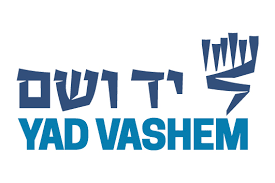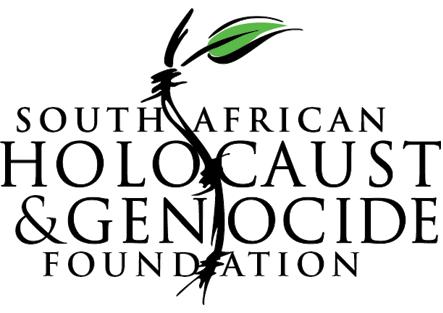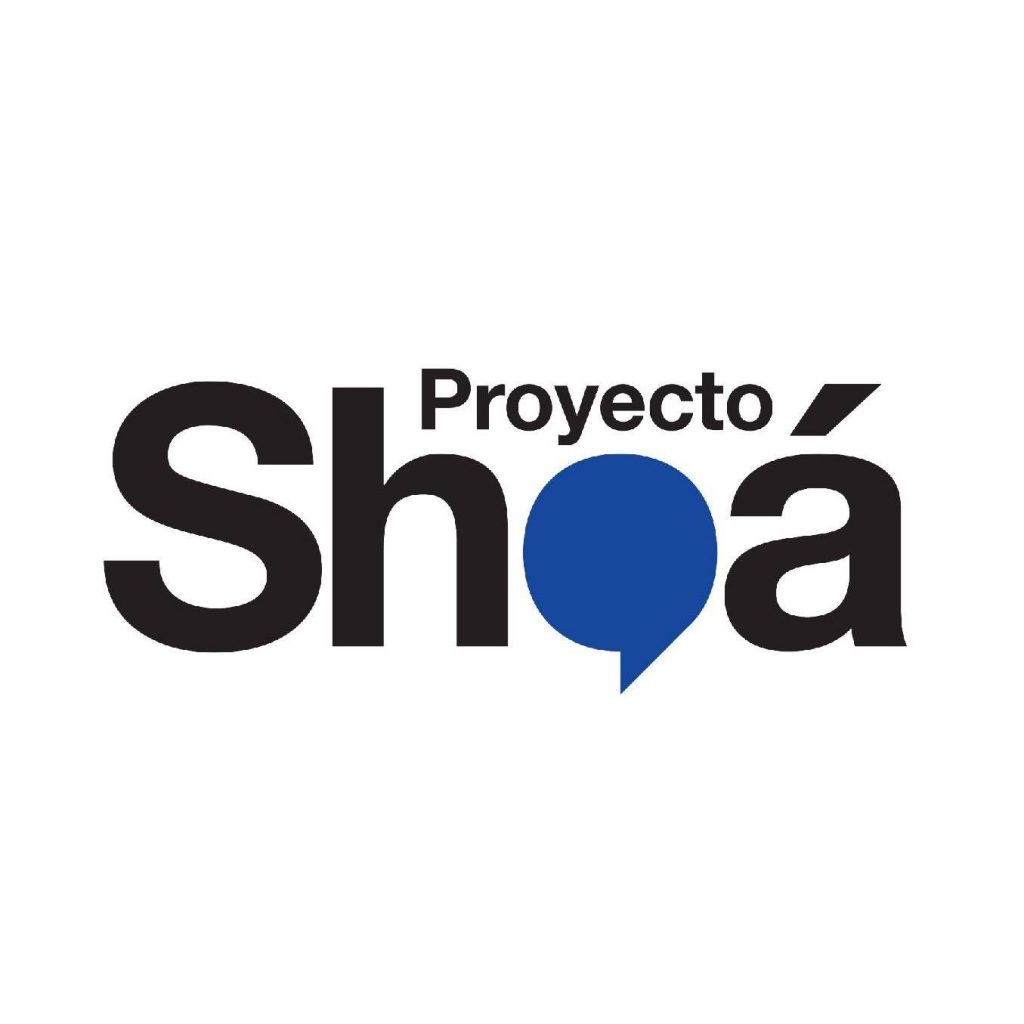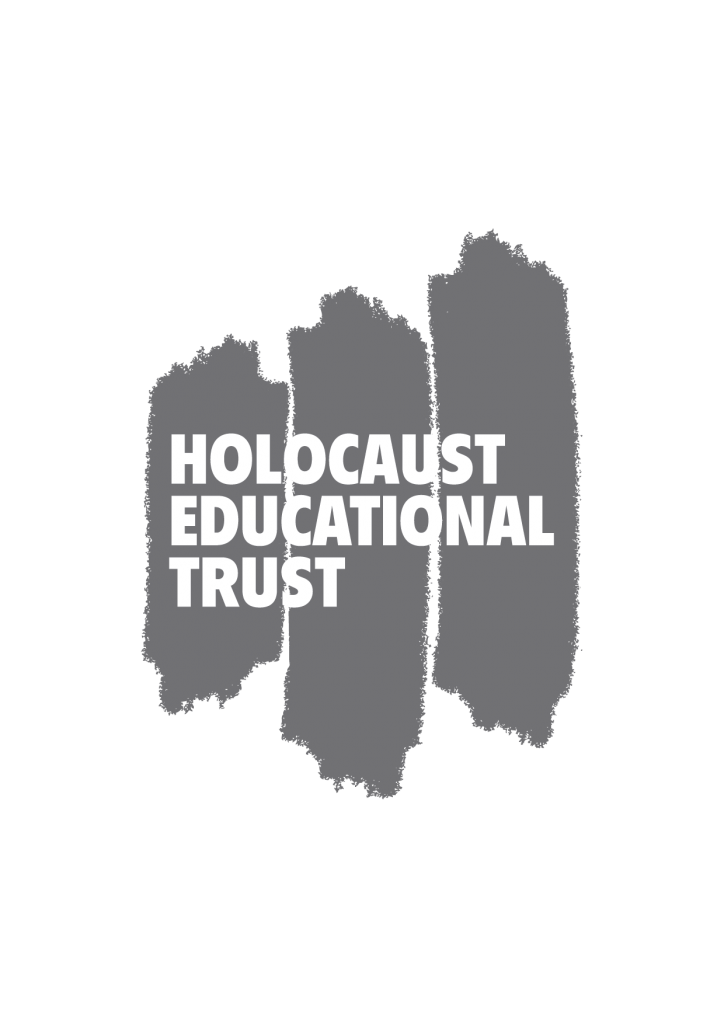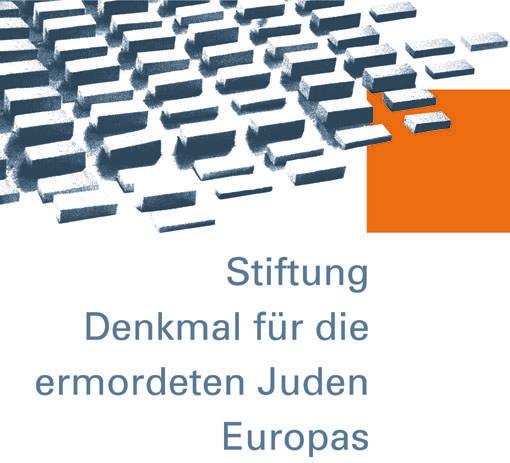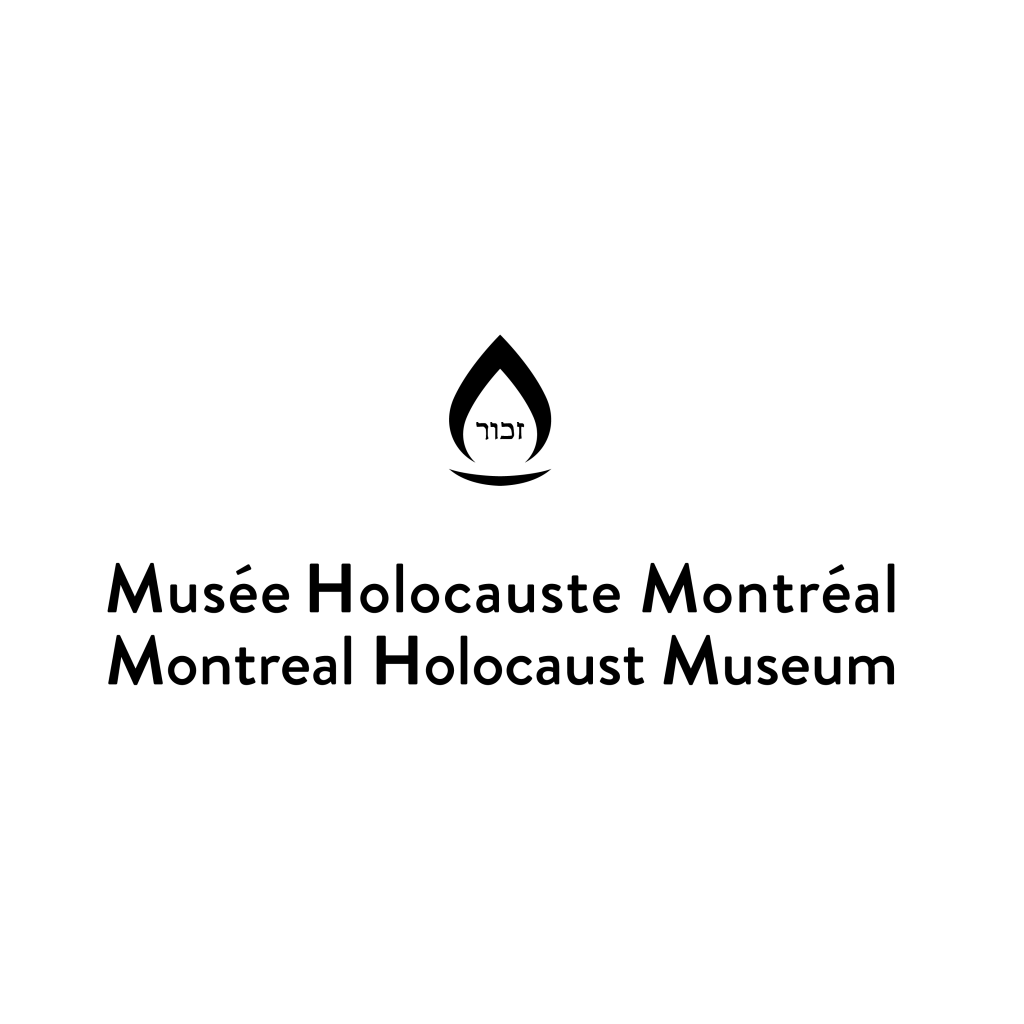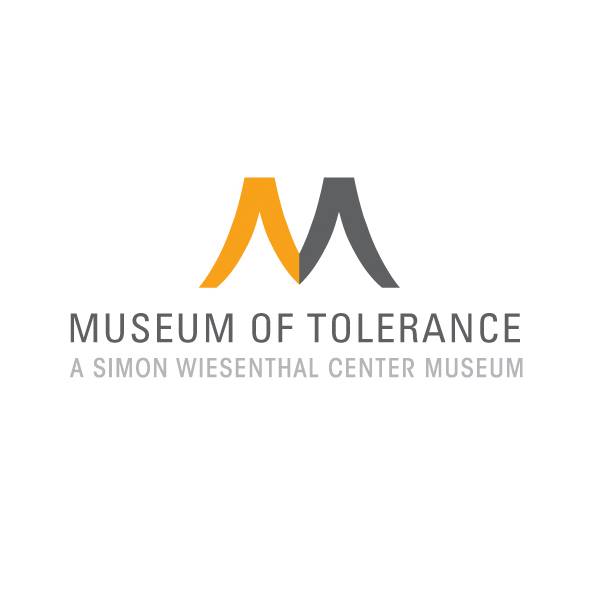
Righteous Among Nations
In those times there was darkness everywhere. In heaven and on earth, all the gates of compassion seemed to have been closed. The killer killed and the Jews died and the outside world adopted an attitude either of complicity or of indifference. Only a few had the courage to care. These few men and women were vulnerable, afraid, helpless – what made them different from their fellow citizens?… Why were there so few?… Let us remember: What hurts the victim most is not the cruelty of the oppressor but the silence of the bystander…. Let us not forget, after all, there is always a moment when moral choice is made…. And so we must know these good people who helped Jews during the Holocaust. We must learn from them, and in gratitude and hope, we must remember them.
Elie Wiesel, in Carol Rittner, Sandra Meyers, Courage To Care – Rescuers of Jews during the Holocaust,
NYU Press, 1986. P. 2
Milestones in the History of the Righteous Program >>>
Yad Vashem was established to perpetuate the memory of the six million Jewish victims of the Holocaust. One of Yad Vashem’s principal duties is to convey the gratitude of the State of Israel and the Jewish people to non-Jews who risked their lives to save Jews during the Holocaust. This mission was defined by the law establishing Yad Vashem, and in 1963 the Remembrance Authority embarked upon a worldwide project to grant the title of Righteous Among the Nations to the few who helped Jews in the darkest time in their history. To this end, Yad Vashem set up a public commission, headed by a Supreme Court Justice, which examines each case and is responsible for granting the title. Those recognized receive a medal and a certificate of honor and their names are commemorated on the Mount of Remembrance in Jerusalem.
This project is a unique and unprecedented attempt by victims to pay tribute to people who stood by their side at a time of persecution and great tragedy. Based on the principle that each individual is responsible for his or her deeds, the program is aimed at singling out within the nations of perpetrators, collaborators, and bystanders, persons who bucked the general trend and helped the persecuted Jews. Thus, when Yad Vashem was established in 1953, a mere eight years after the Shoah, paying tribute to the Righteous Among the Nations was included in the Remembrance Authority’s mission. Struggling with the enormity of the loss and grappling with the impact of the total abandonment and betrayal of Europe’s Jews, the State of Israel remembered the rescuers. The program, therefore, is a testament to the resilience of the victims, who despite their having come face to face with the most extreme manifestation of evil, did not sink into bitterness and revenge and affirmed human values. In a world where violence more often than not only breeds more violence, this is a unique and remarkable phenomenon. It probably stems from the notion that if one was to build a future in a world where Auschwitz had become a real possibility, it was essential to emphasize that Man was also capable of defending and maintaining human values.
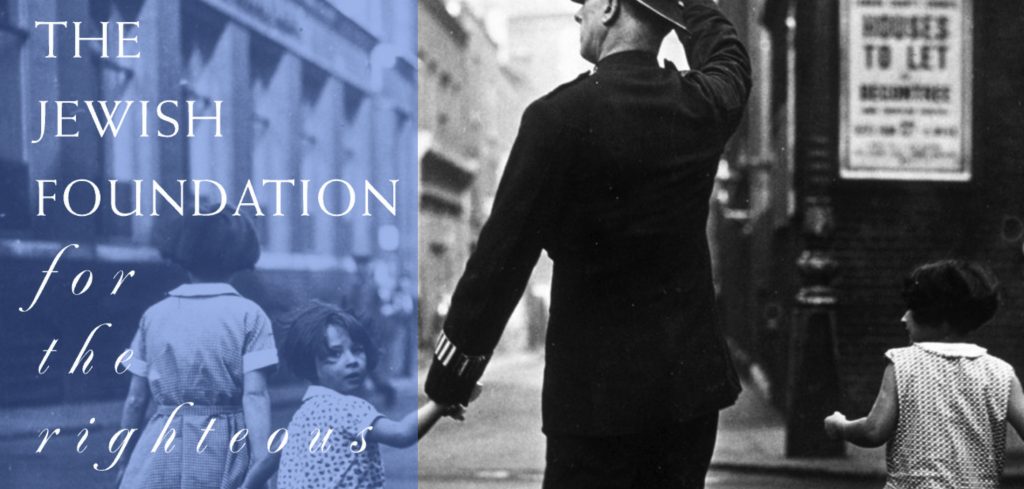
During the Holocaust there were thousands of non-Jews who refused to be passive in the face of the evil they witnessed, rescuing Jews, often at risk to their own lives and the lives of their families. In 1986, Rabbi Harold M. Schulweis established The Jewish Foundation for the Righteous (JFR) to fulfill the traditional Jewish commitment to hakarat hatov, the searching out and recognition of goodness. To this end, the JFR is committed to assisting those Righteous Gentiles who are in need. They are often reluctant to ask for help; they acted without expecting reward then or now. However, as Rabbi Schulweis realized, it is our duty to honor and support them. The JFR started out funding eight rescuers, and that number quickly grew, reaching 1,800. Now, as the rescuers age and pass on, the number of rescuers receiving our support is declining; however, we continue to receive new applications on behalf of recently recognized rescuers. Currently, the JFR supports aged and needy rescuers in 18 countries. In addition to providing needed financial assistance to rescuers each month, the Foundation preserves the memory and legacy of the rescuers through its national Holocaust education program. The goal of the program is to educate middle and high school teachers about the history of the Holocaust and to provide them with the resources to integrate this knowledge into their classrooms.

